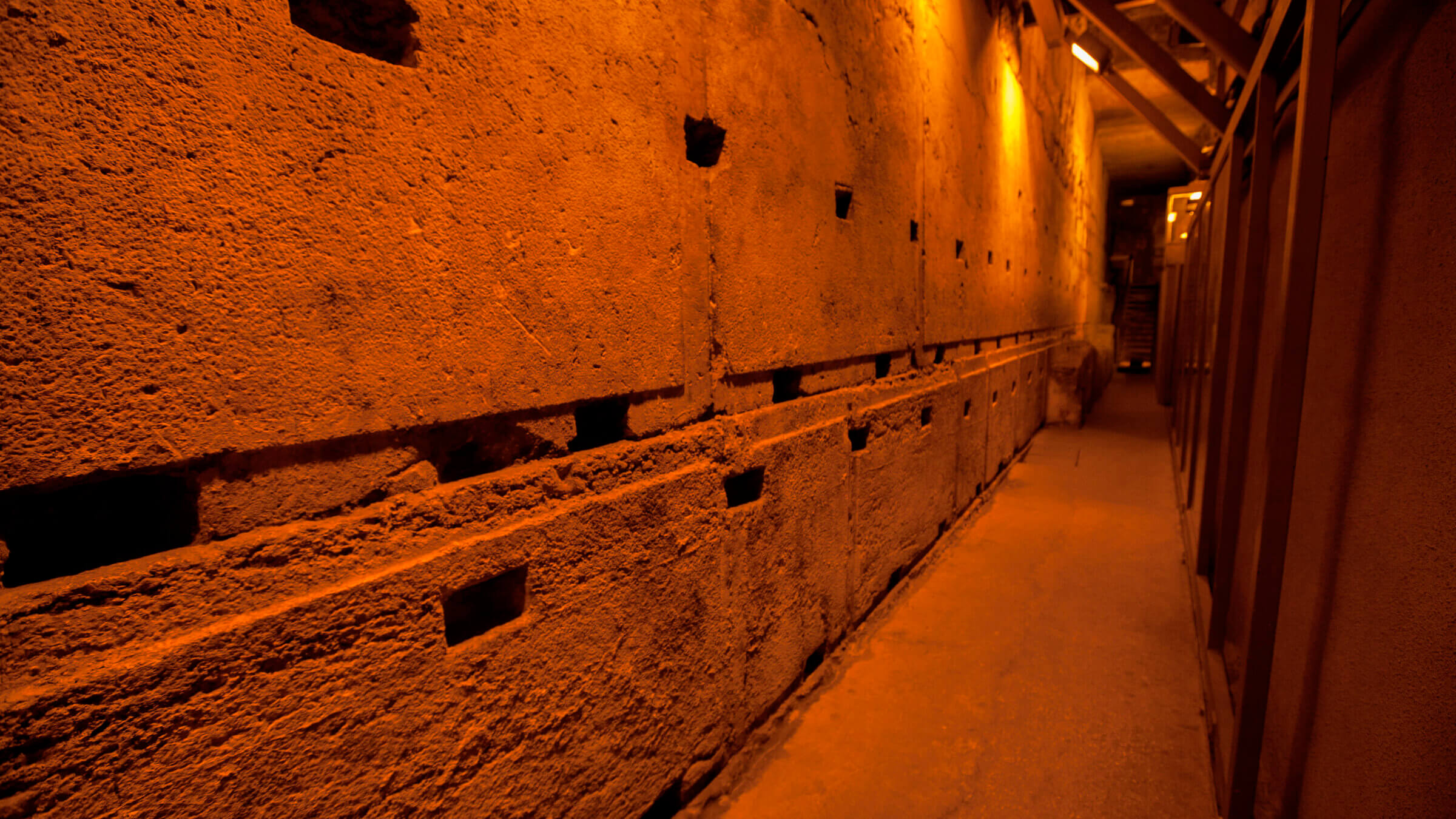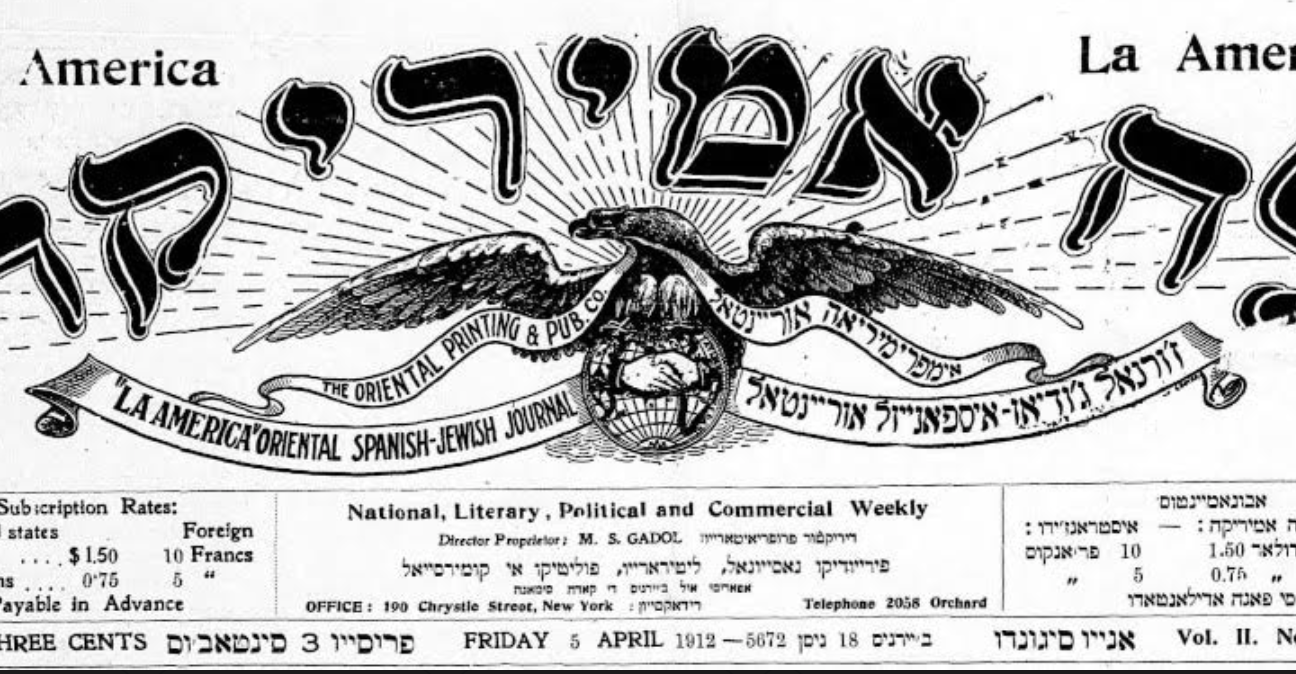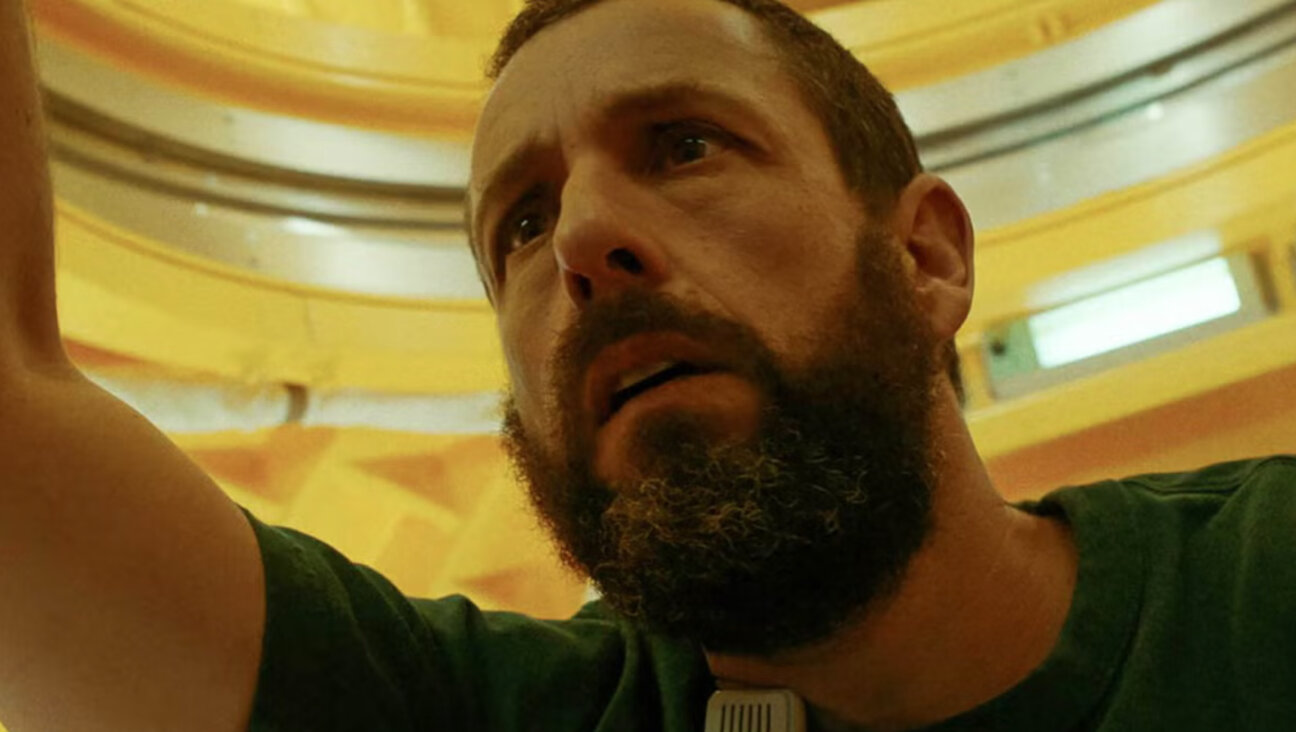Not just Chabad headquarters: The secret Jewish history of secret Jewish tunnels
Jewish groups through history have used tunnels for warfare, resource transportation and more

The underground tunnel beneath the Wailing Wall in Jerusalem. Photo by Getty Images
News of the secret construction of a tunnel at Chabad’s headquarters in Brooklyn’s Crown Heights neighborhood — complete with images of dramatic scenes of clashes between Chabad students and NYPD officers dispatched to ensure the tunnel was filled in — has been circulating around the world. (And, yes, launching new conspiracy theories.)
Yet while news of a secret tunnel attached to a religious group may seem surprising in 2023, Jewish history has often involved the construction of secret tunnels. They helped transport resources, and have served as important strategic strongholds, hideouts or means of escape in times of war.
Here, some examples of the most fascinating tunnels dug by Jews throughout history:
700 B.C.E.: A passageway known as Hezekiah’s tunnel, after the reigning king of Judah at the time of its construction, is dug under the mountain known as the Ophel in eastern Jerusalem. The Ophel was naturally defensible from all sides, but it presented a weakness in the fact that its main source of running water, the oasis of Gihon, was on the summit overlooking the Kidron Valley.
The tunnel connects the spring of Gihon with the well of Siloam, and was intended to serve as an aqueduct to keep Jerusalem supplied with water during sieges — a crucial goal given that Jerusalem was at the time anticipating a potential siege of the city by the Assyrians. The tunnel is about 533 meters long, and through a difference in height between the two ends of the tunnel, was able to convey water from the oasis to the well.
66-70: Archaeological excavations that began in 2006 revealed that ancient Jews had built a series of chambers and tunnels in northern Israel, specifically in the Israeli Arab village of Kfar Kana, that were used during first-century Jewish uprisings against the Roman occupiers, as part of a conflict that eventually led to the destruction of the Second Temple in Jerusalem.
The tunnels joined a series of underground rooms, built under private dwellings, and were used both to store food and materials for the uprisings and for shelter during Roman attacks.
1248: When Christian forces conquered Seville, Spain, Jews were confined to a walled ghetto. Conspiracy theories about Jews escalated during the Black Death, culminating in a 1381 pogrom that left approximately 80% of the Jewish population slaughtered.
Yet Spanish Jews confined to the ghetto resisted, orchestrating failed revolts and constructing secret tunnels beneath their homes to break out of the ghetto. In 1492 Ferdinand and Isabella ultimately expelled all the Jews from Spain.
1941: The subterranean Poltva River in Lviv, in modern-day Ukraine, played a crucial role during World War II, offering refuge to Jews escaping the Nazi occupation. In 2021, explorer Oleksandr Ivanov, guided by a Holocaust survivor’s memoirs, discovered a hiding place in the underground river that was used by Jews who had tunneled their way out of the ghetto established by Nazis in the city. Amidst remnants of their clandestine shelter, Ivanov found relics, such as books, jars and clothes, that illustrated that chapter of the river’s haunting history.
1943: On the night of September 26, 1943, 232 Jews executed a remarkable escape from the Novogrudok Ghetto in Navahrudak, in contemporary Belarus, through a 250-meter tunnel they had meticulously dug that led to the nearby Naliboki forest. Nearly 170 of the escapees managed to survive the Holocaust by joining the partisan group led by Tuvia Bielski that operated in the forest. The action is regarded by historians and activists as the most significant escape in Nazi-occupied Europe.
1944: A hand-dug tunnel was constructed at Ponar, a Lithuanian site where some 100,000 people were murdered during the Holocaust. The tunnel, the existence of which archaeologists revealed in 2016, was approximately 100 feet long and located between five and nine feet below the surface.
A group of 80 surviving Jews whom the Nazis forced to clean up a mass burial site, knowing they would only survive so long as their work was not completed, excavated the tunnel to try and escape their fate. 12 members of the group ultimately managed to escape, 11 of whom survived the war.
1945-1948: Zionist youth groups built an underground tunnel, which they used as a bullet factory, near Rehovot, in Central Israel. The site, known as “Machon Ayalon,” was designed to evade detection by the British; it operated between 1945 and 1948, and produced millions of bullets for Zionist paramilitaries.
1996: A seemingly innocuous tunnel excavation in Jerusalem ignited a powder keg of religious and political strife, when Prime Minister Benjamin Netanyahu ordered the opening of a tunnel beneath the Old City as a tourist attraction, triggering long-simmering tensions between Israelis and Palestinians over the Temple Mount. The tunnel, initially a British-era project and later extended by Israeli authorities, became a flashpoint, symbolic of religious disputes over the sacred site.
A message from our Publisher & CEO Rachel Fishman Feddersen

I hope you appreciated this article. Before you go, I’d like to ask you to please support the Forward’s award-winning, nonprofit journalism so that we can be prepared for whatever news 2025 brings.
At a time when other newsrooms are closing or cutting back, the Forward has removed its paywall and invested additional resources to report on the ground from Israel and around the U.S. on the impact of the war, rising antisemitism and polarized discourse.
Readers like you make it all possible. Support our work by becoming a Forward Member and connect with our journalism and your community.
— Rachel Fishman Feddersen, Publisher and CEO






























